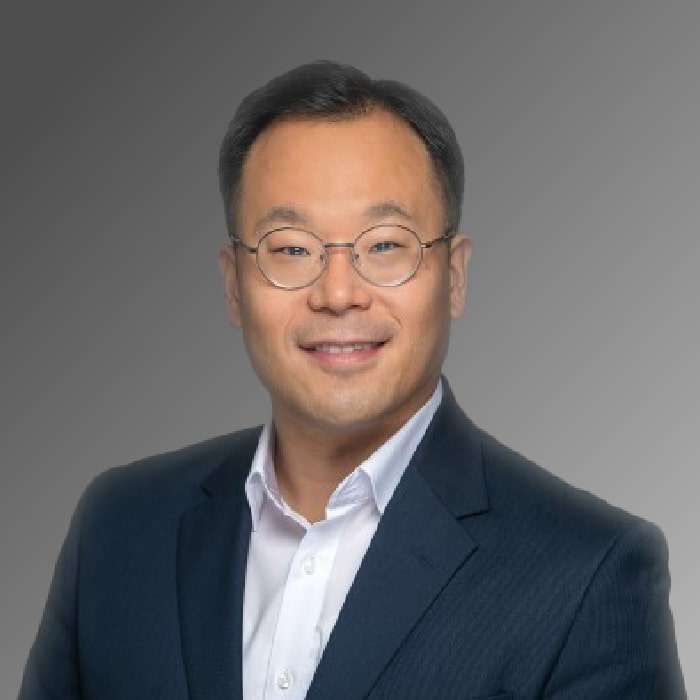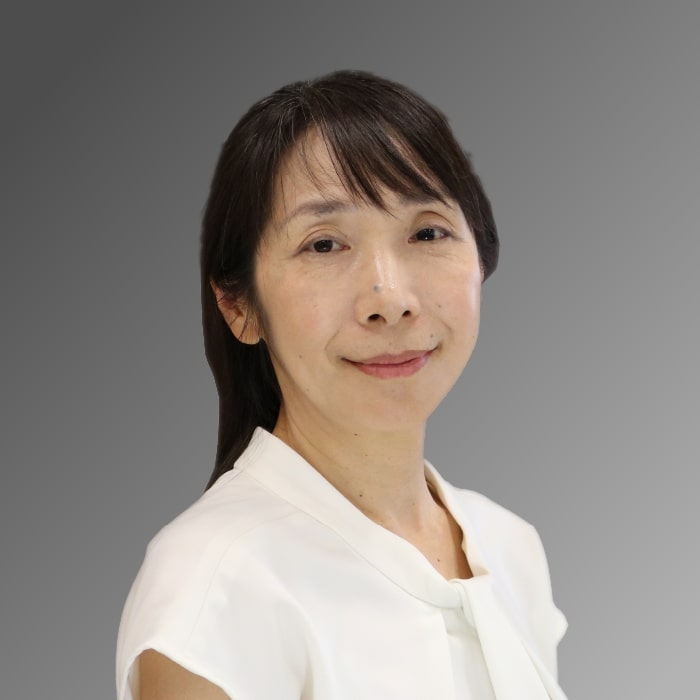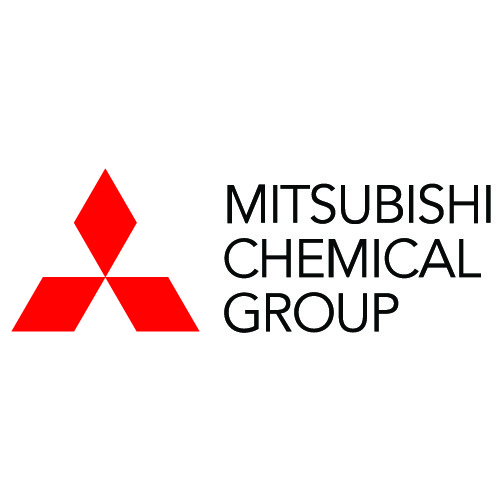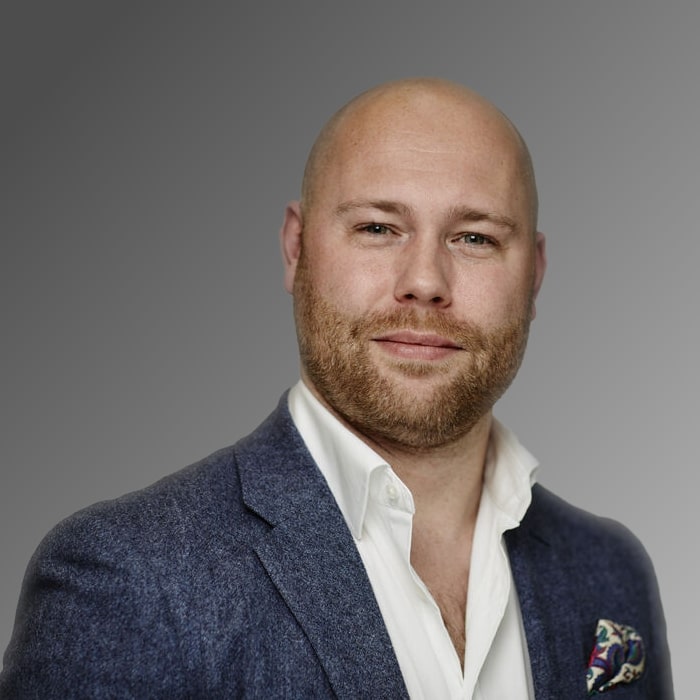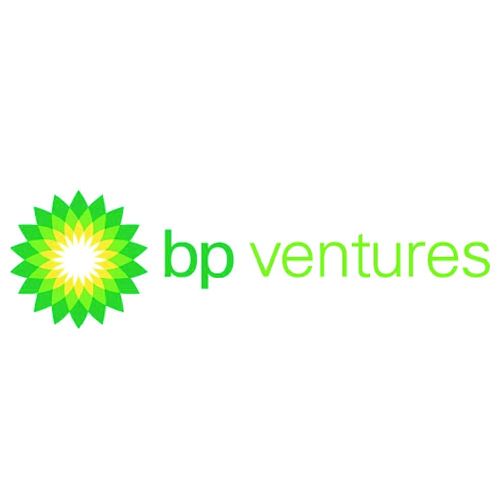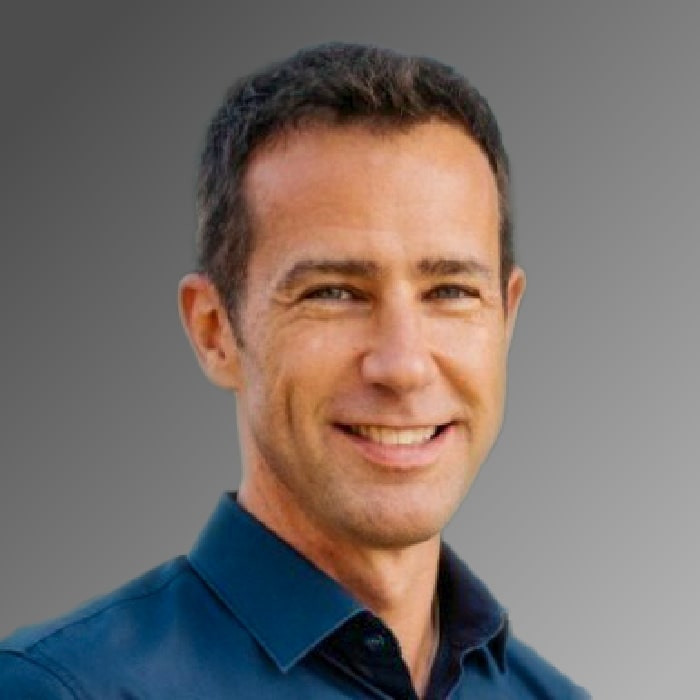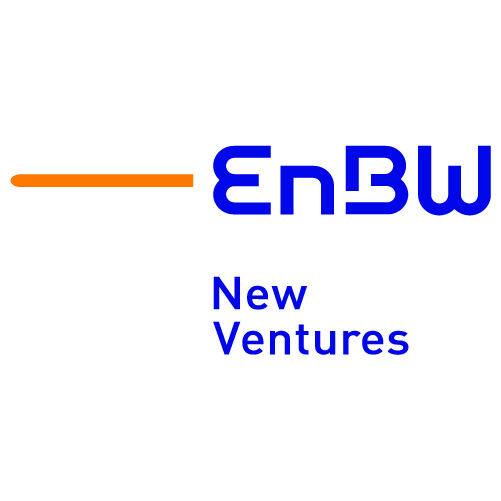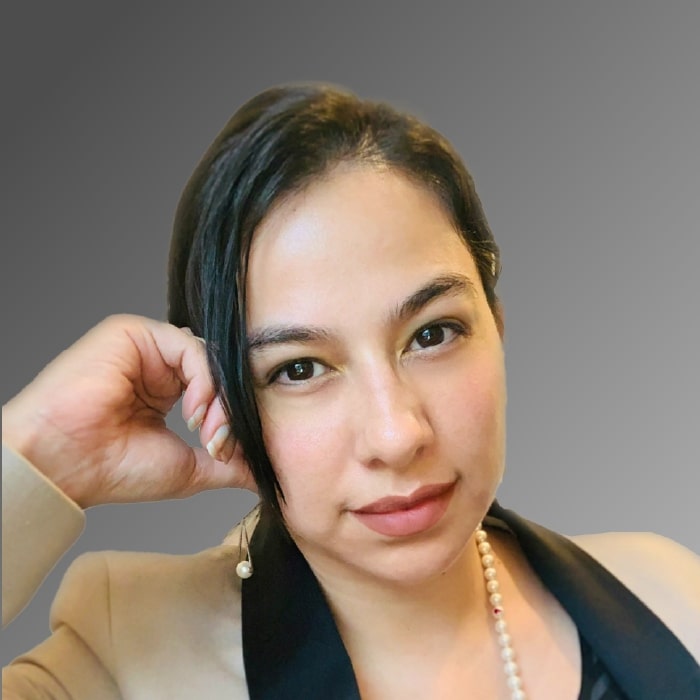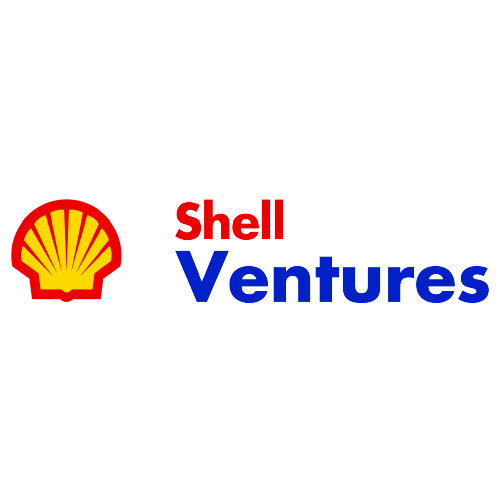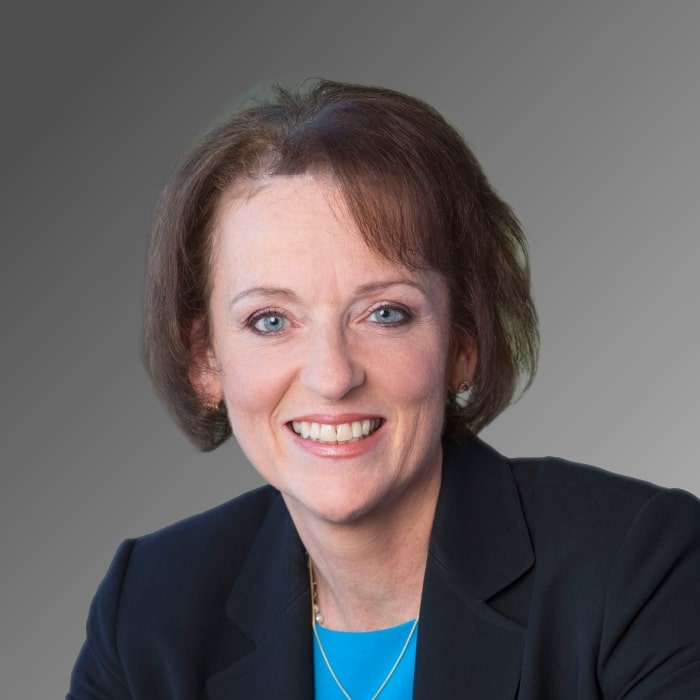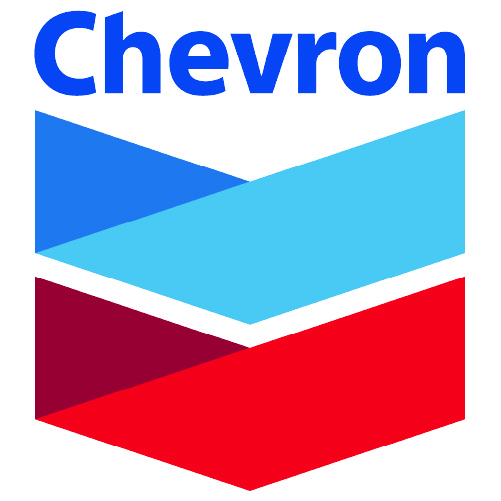Building and Expanding Your CVC’s Mission
May 14, 2024
Interviewed by Nicolas Sauvage on May 12, 2022
Hee Suk Jung never planned to lead a major corporate venture capital operation, so he didn’t see a reason to accumulate all the trappings that usually appear on an investment leader’s resume. Hee Suk told the Corporate Venturing Insider audience and host Nicolas Sauvage, president of TDK Ventures, that he doesn’t have an MBA, never worked at an investment bank, and didn’t learn at the feet of CVC experts before joining SK Gas in 2008.
Background
“I do not have fancy education, nor a fancy career path,” Hee Suk said. “I didn’t choose to be here, but I got here somehow.”
That “somehow” involves a lot of hard work, street smarts, and a deep understanding of how operations and technology development translate to startup success.
Hee Suk joined the corporate world after earning his bachelor’s degree in business administration, management, and operations. He started as an electrical system buyer and procurement manager at SK Gas in the company’s plant-construction division. That led to a three-year term in Houston, leading global procurement in the Americas, before heading back to Korea as an assistant to the CEO, where he obtained an insider’s view of how a giant company like SK works and is managed.
Hee Suk’s next assignment sent him back across the Pacific to serve as the area project manager for an oil sand project in Canada. He continued to lead the module team even after another recall to Korea, where he and SK leaders decided that the company and Hee Suk’s career would best be served by moving from oil-related projects to SK Gas. It’s a bigger adjustment than an outsider might think, but Hee Suk quickly adapted to the intricacies of SK’s gas product and the market.
He was just getting comfortable in his new role when the world’s focus shifted to decarbonization, renewables, and energy transformation.
“So, I was put into a new role looking into the electrification of everything,” Hee Suk continued. “And because we needed innovative technology and forward-thinking teams around this market, I was asked to lead the investment effort from Silicon Valley. That’s when I first put my foot into the door of CVC.”
He was a senior investment manager for a year before taking over as head of investment in April 2018.
Investment Scope Expansion
“We started investing in cleantech and climate tech, which includes not only electrification but also hydrogen, ammonia, and carbon capture technology,” he explained. “I had different mandates, from oil to chemical to decarbonization and electrification. Recently a new mandate has been added for my team (to evaluate investments in) the metaverse, web3, and NFTs. I’m also having to look at property tech and bioscience.”
Hee Suk said this integration adds spice as well as difficulties to his duties as head of investment. He gets to see developments in areas as diverse as cancer vaccines, augmented reality, and energy efficiency in the built environment.
“We are marrying physical properties with the digital world,” he explained. “I have been made to look into new areas, and every step of the way has been such a challenge. “Some of the (jargon) I don’t even understand; I’m having to study all the new industries and learn from the startups and the ecosystem. I don’t think I had the luxury of choosing my path, but leading the VC arm for the past four or five years has been very fun because of that. I’m very happy with what I do.”
Hee Suk ’s experiences in oil and gas provided lessons that serve him well in the diversified industries he invests in today. Gaining an understanding of the problems energy companies face in decarbonizing their products and adapting or changing their infrastructure provides insights into areas in which startups can thrive and their technologies can be applied.
“Being a CVC, we are a strategic investor,” he said. “Just making the investment doesn’t make things happen. we have to connect the technology to the right team members in Korea so it gets put into practice.”
He said moving from oil to gas and working in both North America and Korea give him the background he needs to implement innovation into operations. Focusing on workflow, alignment, and people within the mothership rather than on each product portfolio companies are developing has proven successful.
CVC Perspective
Hee Suk uses both inductive and deductive approaches to identifying suitable strategic investments. Depending on the situation, he may start looking for startups whose work would benefit SK Group’s business units. Other times, he surveys the entire startup ecosystem to identify promising entrepreneurial organizations and then sees where the might present strong fits for integration with SK.
“For example, if there’s an energy-efficiency solution for office buildings or plants, we can do a quick demo or pilot project in the test bed,” he said. “After six months of learning, if it starts to work and people appreciate the solution being there, then it’s much easier for me to invest. But on the other hand, if I want to put money into a hydrogen production unit, we cannot do a pilot. We have to look at the value chain and where we want to be in the hydrogen market and make a massive investment so we can copy/paste the plant into Korea and start generating.”
These options also underscore Hee Suk’s earlier point that he needs to understand the “vibe,” culture, and team dynamics of the mothership in Korea. The key is finding a way to transform a startup idea into a business rather than just measuring success on financial return on investment.
“Our true return comes from actually working with a solution that we invested in,” Hee Suk said. “The first thing that I’m trying to find out is why we are trying these things. We are trying to be responsible, trying to decarbonize, and trying to provide a better service to our customers. We need to constantly keep looking into new industries to transform our company. If we stay in one place, we’ll be going backward.”
“Service to customers” has taken on a whole new meaning in the wake of the Covid pandemic, Hee Suk said. The outbreak and the global response generated significant revenue for SK’s bioscience companies.
“It was not the happiest money that we got, but we can use it to do good,” he said. “We need to put money into the new vaccines and new medicines that will help humankind.”
Connecting Startups to the Mothership
Hee Suk said one of the disadvantages CVCs must overcome vis-a-vis financial VCs is the internal need to uplevel corporations’ comprehension of the solutions they are investing in.
The best way to do that was by having (corporate leaders) meet with the solution startups,” he said. “They get to see their presentations. They get to walk around their factories. And they get to meet with the management team.”
These interactions have the added benefit of proving to the startups that SK’s resources and expertise will be at their disposal.
“We bring more value when you work with us, and we can bring you to the international market,” he tells entrepreneurs. “We can expand your geographies into locations to introduce your solutions to our customers in different countries. And that’s where we bring more value rather than just the financial value.”
As SK Discovery’s investment environment has expanded, its time horizon has lengthened, and it is moving outside its corporate comfort zone. That has created a greater willingness to take on limited partnership roles with others leading the investment. While Hee Suk and SK still lead on energy investments where their expertise and focus can shine, with forays into the metaverse and web3, they know they cannot count on finding short-term applications.
“When I’m putting our company’s money into energy startups, I know that’s smart money because we know what we are going to do with the solution,” Hee Suk said. “We even think about how to make that solution into a business model. But for the other industries that we don’t have the expertise, it makes better sense to put money in and learn along with the startups. Then, along the way, we can think about (how to help with) the business model and how we can help this company to grow and execute its exit strategy.”

 Understanding both the head office's initiatives and the external technological landscape for effective innovation to bridge the external ecosystem with internal operations is the key to successful business models.
Understanding both the head office's initiatives and the external technological landscape for effective innovation to bridge the external ecosystem with internal operations is the key to successful business models. 